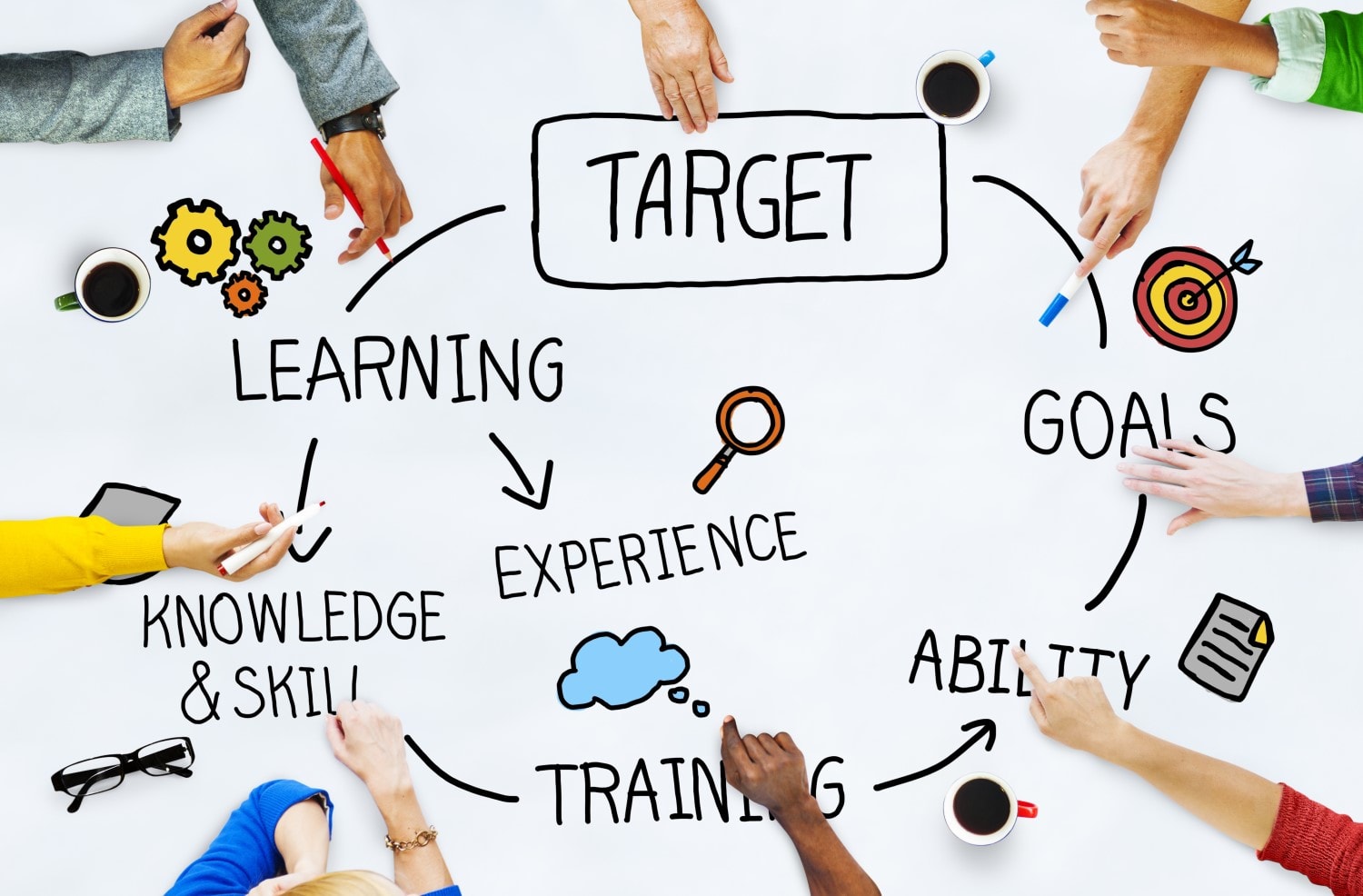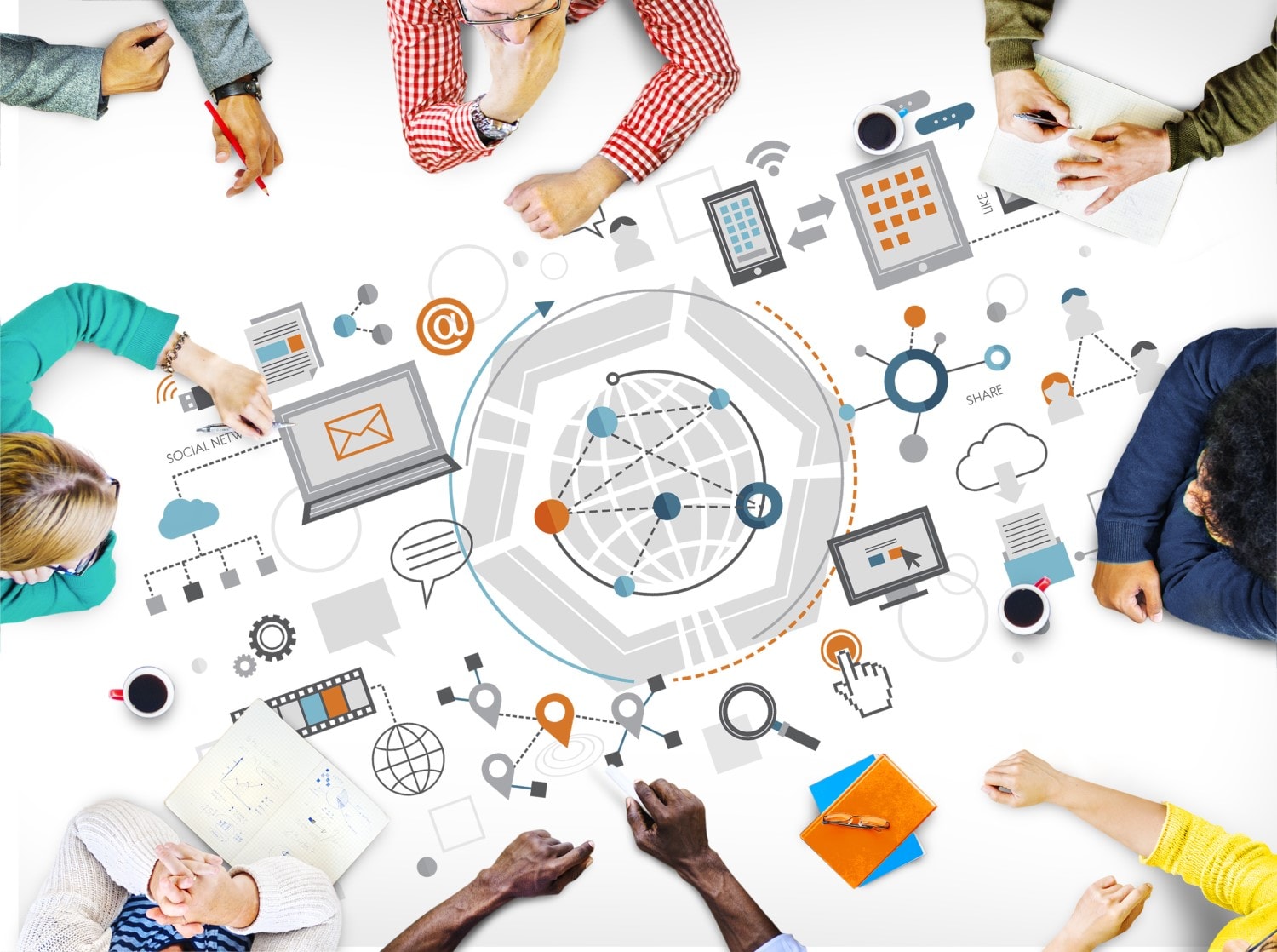How a Retailer Reinvented its Approach to Employee Training & Engagement to Drive Sales by 19%
A Winning Strategy Falls Back on the Culture of Sales Growth
“Culture of growth” has recently become a buzzword in the L&D world. The approach that has the enablement of a growth mindset in its core is a subject to mention in discussions about the Future of Work. It’s been said that a culture of growth can help to adapt to new job roles and new technologies as well as increase the productivity and engagement of new generations of employees. So what is a culture of sales growth and why will its implementation benefit your business?
Heidi Grant, Mary Slaughter and Andrea Derler from Neuroleadership Institute define a growth mindset as both the belief that skills and abilities can be improved and that developing your skills and abilities is the purpose of the work you do. A culture of growth is creating such an environment that is suitable for continuous improvement. By building a corporate ecosystem with a growth mindset, you drive your employees’ engagement and performance and, therefore, profits. Sounds good, right?
There are, however, a few rules to consider: a growth culture is a winning culture for corporations. It drives business productivity, organizational health and innovations but only if implemented correctly.
Here are the must-have aspects of building a culture of growth in your company.
A culture of sales growth is about the people and the development of their skills
Despite the fact that a culture of sales growth can empower employees and encourage them to perform better, it’s not right to connect it to only earning more. A sales growth mindset gives much more than that.
The focus on each employees’ individual working priorities, performance and potential, and accessing them through learning and working experiences and collaboration within an organization is the foundation for continuous improvement.
Make sales growth personalized by talking to your employees and understanding their personal and professional goals. Modern learning technologies will help you to use these goals to deliver unique, customized learning experiences for each of your team members. In such a way, your people will clearly see and appreciate opportunities to learn and improve, rather than just earn some more extra bucks.
Continuous improvement (CI) requires the right approach to L&D

Continuous improvement, as Six Disciplines research showed, can be driven only from the bottom of a business—it works only if adopted by every worker. Continuous improvement is a constant process of gaining new knowledge, transforming it into new skills and spreading this new knowledge throughout an organization. In such a way, both personal and business growth never stop and are driven by the employees themselves. Such a process can be established only with the right approach to learning and development. Every new piece of information should be helpful, just-in-time, and tightly connected to performance.
There must be no gap between learning and doing: L&D elements should be implemented in employees’ workflow starting from Day 1 of their onboarding. There is also no way to “install” a sales growth mindset if your employees are occupied with their urgent working activities or are too busy in general. You should give your employees the time and resources to establish a foundation for CI the right way. By incorporating learning into the official company’s mission statement, you can not only attract more talent but also make the emphasis on continuous learning tangible and official.
Soft skills are must for the sales growth mindset
According to the McKinsey report, it’s vital to develop and support a healthy working environment for companies to maintain excellent performance. Those who are concentrating not only on work results but also on the improvement of the organizational health are “three times more likely to be regarded as successful than those that focused on performance alone.” Concluding the results of its report, McKinsey wrote, “The vast majority, more than 70 percent [of reasons behind businesses’ failures], were caused by factors related to organizational health, such as negative employee attitudes and unproductive management behavior.” The establishment of a healthy culture is usually partly completed through soft skills development.
Provide employees with soft-skills training that will help them reach and develop their emotional intelligence, improve their understanding of others and increase the quality of communication both within teams and with customers.
Also, the continuous learning mindset largely depends on your workers’ ability to manage distractions. Even if your employees are eager to learn new things and perform better, there will be no results unless they maintain focus when it’s needed. So you definitely need to explain to them the nature of human focus and provide them with attention management training.
Leadership needs soft skills to the same extent
A healthy organization and a culture of sales growth won’t be developed if leaders just use “common sense” as a guide for this journey. Leadership development and assessing leaders’ emotional intelligence are just as important as developing an environment for employee sales growth. Effective management skills are vital for everyone and aren’t only about “looking forward with positivity,” or taking advantages of the obvious decisions; they focus on the ability to take rational, data-driven steps, implementing smart, cost-effective solutions for businesses and their employees. The sales growth mindset is a rational mindset.
People and technologies should be connected

While continuous improvement drives day-to-day performance and soft skills training, as well as being employee-centered, effective leadership improves organizational health. However, there is another element that boosts a culture of sales growth: the integration of technologies.
Technologies change drastically the way corporations work, both in terms of interaction with customers and within an organization internally. Luckily, flexibility and the ability to adapt to changes quickly can be developed through the above-mentioned approaches. These steps taken will help to seamlessly establish smooth integration and interaction between technologies and employees.
How can technologies help boost sales growth? Data helps to hire the right people for the right roles, removing the biased human factor from the recruiting equation. Data helps managers analyze customer behaviors, predict changes and trends in any industry and make quick decisions in which areas talent is needed and when. Data helps HR and L&D leaders implement people analytics and make smarter decisions across all departments.
Kathleen Hogan, HR in Microsoft, proposes an example of a data-based insight that seemed intuitive but was powered by hard evidence in employees’ data: “We observed that employees had higher levels of confidence in managers with larger networks and contacts. We also learned that managers who sent more emails after hours and on weekends got lower poll scores from their teams on work-life balance.” With that information, Hogan’s team was able to create “best practices” for management and offer suggestions to improve behavior.
Performance data helps to automate the process of learning and development and detect employees’ strengths and weaknesses. Using a learning experience platform, managers can track their workers’ sales growth and help them to align their best working abilities to their developmental goals and overall business goals.
The culture of sales growth is a long-term goal
A culture of sales growth can benefit any organization from the point when it adopts the sales growth mindset and starts taking active steps towards its implementation. By using the right technologies, learning and performance data, and carefully constructed learning experiences, you can empower employees to reach their highest potential, perform better and strive for innovation. However, a culture of growth is a long-term goal: as there are no limits in gaining knowledge, there are no limits to improvement.
This article is part of our series dedicated to soft skills development. Check out our latest installments if you want to learn more:
Reduce the Cost of Your Employees’ Distractions
How to Recognize and Manage Employees’ Cognitive Mistakes
Click here for your demo and see how Rallyware helps enterprises with large sales forces cut expenses, drive revenue, and transform operations.
News and Insights on Workforce Training & Engagement
We’re among top-notch eLearning and business engagement platforms recognized for effective training and talent development, helping to empower distributed workforces
Subscribe
